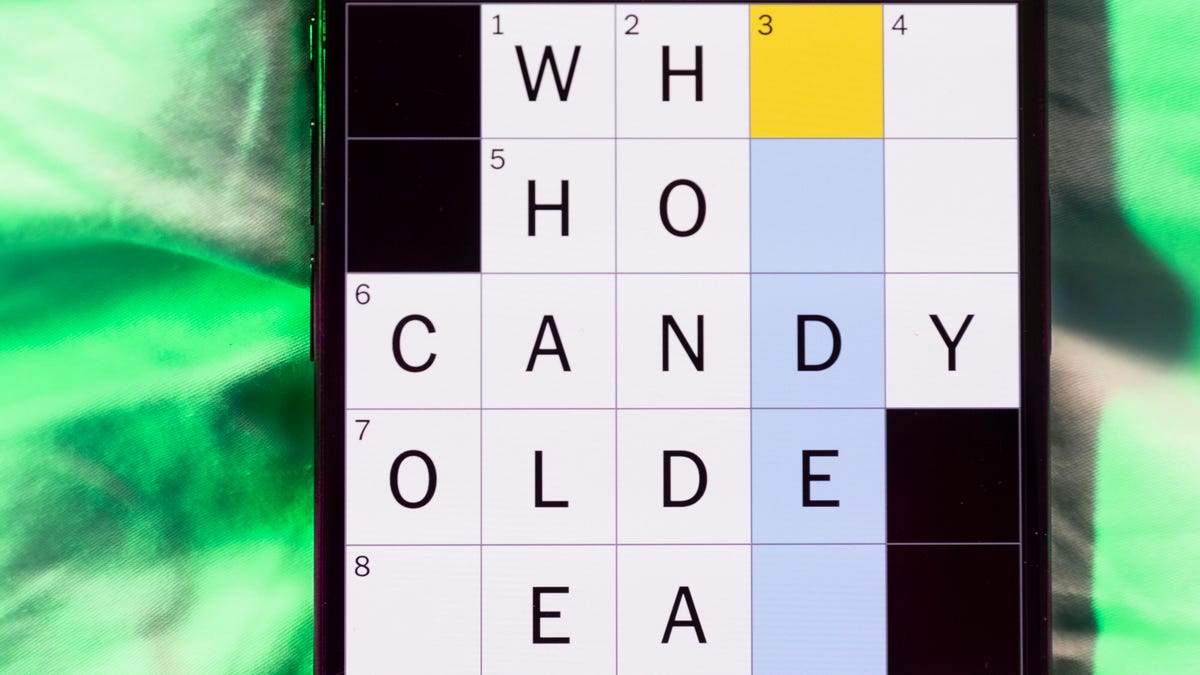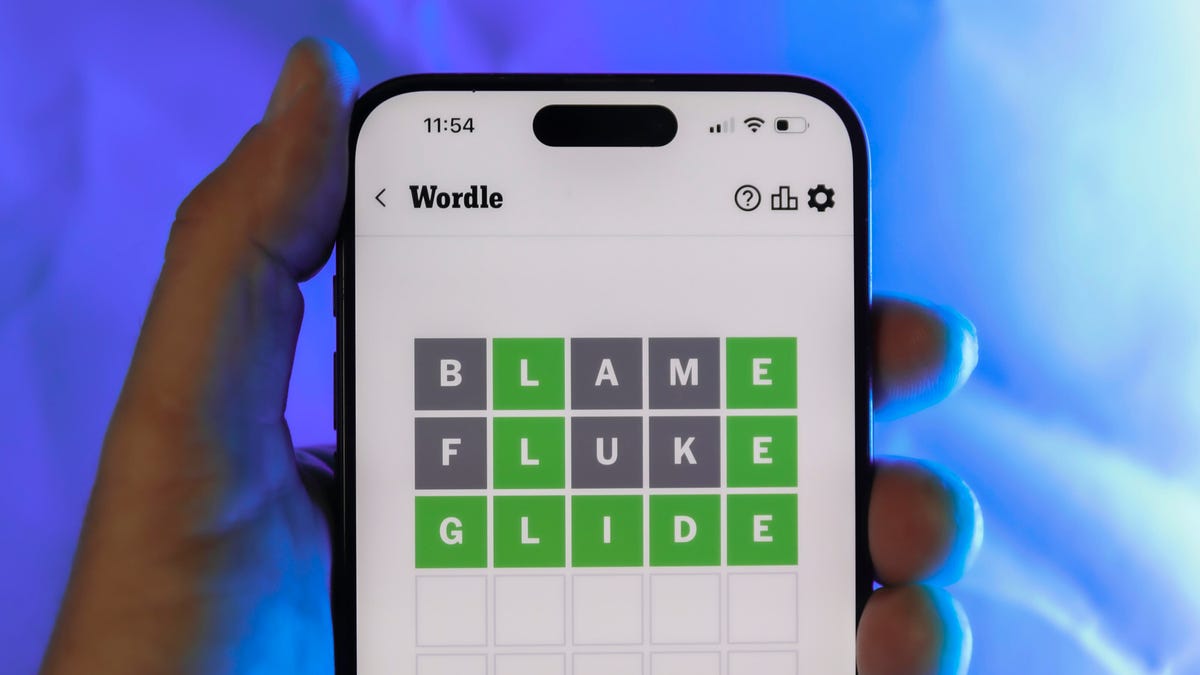Technologies
Samsung’s QD-OLED TV might be here very soon. Here’s everything we know
Samsung’s rumored OLED TV with quantum dots could be coming as soon as 2022, and the new technology is set to challenge the best from rival LG.

Most people have two options when it comes to TV technology: LCD and OLED. Sure, some people also have the choice of a MicroLED TV, but those can be pricey. Samsung, the biggest TV-maker in the world, has been planted in the LCD camp for many years, while its rival LG is the biggest name in OLED. Despite advancements like QLED, mini-LED and dual panels, LCD has always lagged behind OLED in overall picture quality.
Now Samsung is working on a new kind of TV that aims to combine two display technologies into something greater. It’s a hybrid between OLED and quantum dots called QD Display. Samsung Display will end production of LCD panels by the end of 2021, moving to QD Display next year, according to a February report from Korea IT News. At the same time, Samsung Electronics could start selling these new TVs as early as 2022.
Read more: When is the best time to buy a new TV? Is it Black Friday?
Here’s what we’ve heard about Samsung’s new display technology so far. If you’re looking to spruce up your current TV in the meantime, check out how to get rid of your TV’s muffled dialogue, nine picture settings you should change and the best picture mode for your TV. And believe it or not, your TV’s sharpness controls should be turned down, not up.
Samsung’s $11 billion bet on quantum dots
Samsung has been selling LCD TVs enhanced by quantum dots for the last few years under its QLED brand, but its last (and only) OLED TV was a one-off that it stopped selling almost a decade ago. In October 2019, Samsung Display announced it was building a factory to make TVs that combined these technologies:
Samsung Display will invest 13.1 trillion won by 2025 to build «Q1 Line,» the world’s first QD display mass production line at Asan Campus. The new line is scheduled to start production in 2021 with an initial 30,000 sheets (8.5 generations) and will produce a huge QD display of 65 inches or larger.
That’s an investment of around $11.1 billion. While the company calls this «QD display,» it isn’t electroluminescent, aka «direct view» quantum dots. That technology is still several years away. This is going to be a QD-OLED hybrid.
At the announcement, South Korean President Moon Jae-in also referenced Samsung’s rival LG in regards to Korea’s place in world TV production: «It is important to maintain the top spot of the global display market with game-changing technologies,» Moon said. «Following LG Display’s 3 trillion-won investment in large OLED panel production in July, Samsung Display’s latest investment plan brightens prospects further.»
One thing you might have noticed is that Samsung is calling this «QD display,» which can be confusing since this isn’t direct-view quantum dots (more on these later). Since LG has spent years being the only name in town (figuratively and literally) for OLED, it’s unlikely Samsung will call any version of this technology OLED. We’ll probably have to wait until CES 2022 to find out how it brands the new TV.
What is QD-OLED and how will it work?
So how will it work? Nanosys, a company that makes quantum dots, has shared some details. Its CEO, Jason Hartlove, is understandably bullish on the technology, which relies on converting light from an OLED panel:
«Quantum Dot Color Conversion is a completely new way of rendering color in displays,» he told CNET. «The result is pure quantum dot color with much higher efficiency as no light is lost in a color filter.»
Combining quantum dots and OLED plays to the strengths of both technologies. The idea with any TV is to create red, green and blue light. LED LCDs with quantum dots, like Samsung’s current QLED TVs, use blue LEDs and a layer of quantum dots to convert some of that blue into red and green. With the current version of OLED, yellow and blue OLED materials create «white» light. In both cases, color filters let pass only what color is needed for that specific subpixel.
The idea with a QD-OLED is to simplify these designs into one, by using OLED to create blue light, and then a quantum dot layer to convert some of the blue into red and green.
Read more: How quantum dots could challenge OLED for best TV picture
There are many advantages to this method, in theory. By using only one color or material of OLED, the manufacturing costs go way down since it’s easier to build. LG, for instance, uses only two OLED materials, blue and yellow, for every pixel across the entire display. Light-blockingcolor filters create the green and red. QDs have nearly 100% efficiency, significantly better than filters, so in theory the hybrid TVs will be much brighter. Plus, there’s the possibility of even wider color gamuts at all brightness levels.
Because each pixel can be shut off, these hybrid TVs will also have the incredible contrast ratios that OLED is known for.
Since blue OLED materials still age faster than red and green, having the entire panel one color means the TV ages more evenly with no color shift. Keeping that aging to a minimum, and thereby having a TV that doesn’t seem dim after a few years, is one of the key manufacturing issues. This is especially true in this HDR era of extreme brightness levels.
While this new Samsung plant is focusing on TV-size displays, the technology could work in phone-sized displays as well. Since Samsung doesn’t seem to have any issue making excellent small OLEDs, I’d be surprised if it’s in any rush to upset that market with something as advanced as this. Also, Samsung’s phone-sized OLEDs use red, green and blue OLEDs compared to LG’s blue-yellow. Samsung tried to make RGB OLED TVs and just couldn’t make them profitable. What’s more likely, and mentioned in the latest rumors, is they’ll use this tech to build ultra-high resolution 8K computer monitors along with larger TV screens.
As mentioned earlier, it’s clear Samsung believes strongly in this technology, since it’s ending production of LCDs at its factories in Korea. This doesn’t mean that starting next year it won’t sell any LCDs. Samsung is a massive company, and the part of the company that makes LCDs, Samsung Display, is stopping production. The part of the company that sells TVs, Samsung Electronics, has made no such announcement. In fact, part of the most recent delay was Samsung Electronics needing LCD panels before they were ready to start selling QD-OLED panels. They’ve worked that out for 2021, and most likely going forward they’ll source their LCD panels from a third party.
Into the future: Direct-view quantum dots, ELQD and more
QD-OLED seems to be right around the corner. But what about even farther-future display tech? Well, the quantum dot folks seem to think direct-view quantum dot displays are just a few years off. These electroluminescent quantum dots, or ELQD, would have all the benefits of OLED, all the benefits of QD and none of the issues of LCD or the wear and longevity concerns of OLED. A very promising tech indeed.
The other new TV tech that’s already arriving on the market, the extreme high-end of the market anyway, is MicroLED. It has many of the same benefits as the QD-OLED hybrid, but doesn’t muck around with those pesky organics. Affordable versions of that are still some distance off. Oh, and MicroLEDs use quantum dots too. They’re a fascinating technology with uses far beyond TV screens.
In the meantime, we’ve got mini-LED, which is pretty cool too and far less expensive than any of these.
As well as covering TV and other display tech, Geoff does photo tours of cool museums and locations around the world, including nuclear submarines, massive aircraft carriers, medieval castles, airplane graveyards and more.
You can follow his exploits on Instagram and YouTube, and on his travel blog, BaldNomad. He also wrote a bestselling sci-fi novel about city-sized submarines, along with a sequel.
Technologies
Today’s NYT Mini Crossword Answers for Wednesday, Dec. 24
Here are the answers for The New York Times Mini Crossword for Dec. 24.

Looking for the most recent Mini Crossword answer? Click here for today’s Mini Crossword hints, as well as our daily answers and hints for The New York Times Wordle, Strands, Connections and Connections: Sports Edition puzzles.
Need some help with today’s Mini Crossword? I’m Irish-American, but yet 6-Down, which involves Ireland, stumped me at first. Read on for all the answers.. And if you could use some hints and guidance for daily solving, check out our Mini Crossword tips.
If you’re looking for today’s Wordle, Connections, Connections: Sports Edition and Strands answers, you can visit CNET’s NYT puzzle hints page.
Read more: Tips and Tricks for Solving The New York Times Mini Crossword
Let’s get to those Mini Crossword clues and answers.
Mini across clues and answers
1A clue: Wordle or Boggle
Answer: GAME
5A clue: Big Newton
Answer: ISAAC
7A clue: Specialized vocabulary
Answer: LINGO
8A clue: «See you in a bit!»
Answer: LATER
9A clue: Tone of many internet comments
Answer: SNARK
Mini down clues and answers
1D clue: Sharks use them to breathe
Answer: GILLS
2D clue: From Singapore or South Korea, say
Answer: ASIAN
3D clue: Large ocean ray
Answer: MANTA
4D clue: ___ beaver
Answer: EAGER
6D clue: Second-largest city in the Republic of Ireland, after Dublin
Answer: CORK
Don’t miss any of our unbiased tech content and lab-based reviews. Add CNET as a preferred Google source.
Technologies
Quadrantids Is a Short but Sweet Meteor Shower Just After New Year’s. How to See It
This meteor shower has one of the most active peaks, but it doesn’t last for very long.

The Quadrantids has the potential to be one of the most active meteor showers of the year, and skygazers won’t have long to wait to see it. The annual shower is predicted to reach maximum intensity on Jan. 3. And with a display that can rival Perseids, Quadrantids could be worth braving the cold to see it.
Don’t miss any of our unbiased tech content and lab-based reviews. Add CNET as a preferred Google source.
The show officially begins on Dec. 28 and lasts until Jan. 12, according to the American Meteor Society. Quadrantids is scheduled to peak on Jan. 2-3, when it may produce upwards of 125 meteors per hour. This matches Perseids and other larger meteor showers on a per-hour rate, but Quadrantids also has one of the shortest peaks at just 6 hours, so it rarely produces as many meteors overall as the other big ones.
The meteor shower comes to Earth courtesy of the 2003 EH1 asteroid, which is notable because most meteor showers are fed from comets, not asteroids. Per NASA, 2003 EH1 is a near-Earth asteroid that orbits the sun once every five and a half years. Science posits that 2003 EH1 was a comet in a past life, but too many trips around the sun stripped it of its ice, leaving only its rocky core. The Earth runs through EH1’s orbital debris every January, which results in the Quadrantids meteor shower.
How and where to see Quadrantids
Quadrantids is named for the constellation where its meteors appear to originate, a point known as the radiant. This presents another oddity, as the shower originates from the constellation Quadrans Muralis. This constellation ceased to be recognized as an official constellation in the 1920s and isn’t available on most publicly accessible sky maps.
For the modern skygazer, you’ll instead need to find the Bootes and Draco constellations, both of which contain stars that were once a part of the Quadrans Muralis. Draco will be easier to find after sunset on the evening of Jan. 2, and will be just above the horizon in the northern sky. Bootes orbits around Draco, but will remain under the horizon until just after 1 a.m. local time in the northeastern sky. From that point forward, both will sit in the northeastern part of the sky until sunrise. You’ll want to point your chair in that direction and stay there to see meteors.
As the American Meteor Society notes, Quadrantids has a short but active peak, lasting around 6 hours. The peak is expected to start around 4 p.m. ET and last well into the evening. NASA predicts the meteor shower to start one day later on Jan. 3-4, so if you don’t see any on the evening of Jan. 2, try again on Jan. 3.
To get the best results, the standard space viewing tips apply. You’ll want to get as far away from the city and suburbs as possible to reduce light pollution. Since it’ll be so cold outside, dress warmly and abstain from alcoholic beverages, as they can affect your body temperature. You won’t need any binoculars or telescopes, and the reduced field of view may actually impact your ability to see meteors.
The bad news is that either way, the Quadrantids meteor shower coincides almost perfectly with January’s Wolf Moon, which also happens to be a supermoon. This will introduce quite a lot of light pollution, which will likely drown out all but the brightest meteors. So, while it may have a peak of over 100 meteors per hour, both NASA and the AMS agree that the more realistic expectation is 10 or so bright meteors per hour.
Technologies
Today’s Wordle Hints, Answer and Help for Dec. 24, #1649
Here are hints and the answer for today’s Wordle for Dec. 24, No. 1,649.

Looking for the most recent Wordle answer? Click here for today’s Wordle hints, as well as our daily answers and hints for The New York Times Mini Crossword, Connections, Connections: Sports Edition and Strands puzzles.
Today’s Wordle puzzle is a little tricky, with a double letter that could confuse players. If you need a new starter word, check out our list of which letters show up the most in English words. If you need hints and the answer, read on.
Read more: New Study Reveals Wordle’s Top 10 Toughest Words of 2025
Today’s Wordle hints
Before we show you today’s Wordle answer, we’ll give you some hints. If you don’t want a spoiler, look away now.
Wordle hint No. 1: Repeats
Today’s Wordle answer has one repeated letter.
Wordle hint No. 2: Vowels
Today’s Wordle answer has one vowel, but it’s the repeated letter, so you’ll see it twice.
Wordle hint No. 3: First letter
Today’s Wordle answer begins with S.
Wordle hint No. 4: Last letter
Today’s Wordle answer ends with L.
Wordle hint No. 5: Meaning
Today’s Wordle answer can refer to a cylindrical device upon which thread is wound.
TODAY’S WORDLE ANSWER
Today’s Wordle answer is SPOOL.
Yesterday’s Wordle answer
Yesterday’s Wordle answer, Dec. 23, No. 1648 was GLINT.
Recent Wordle answers
Dec. 19, No. 1644: MYRRH
Dec. 20, No. 1645: WHITE
Dec. 21, No. 1646: QUILT
Dec. 22, No. 1647: CONCH
Don’t miss any of our unbiased tech content and lab-based reviews. Add CNET as a preferred Google source.
-

 Technologies3 года ago
Technologies3 года agoTech Companies Need to Be Held Accountable for Security, Experts Say
-

 Technologies3 года ago
Technologies3 года agoBest Handheld Game Console in 2023
-

 Technologies3 года ago
Technologies3 года agoTighten Up Your VR Game With the Best Head Straps for Quest 2
-

 Technologies4 года ago
Technologies4 года agoBlack Friday 2021: The best deals on TVs, headphones, kitchenware, and more
-

 Technologies4 года ago
Technologies4 года agoVerum, Wickr and Threema: next generation secured messengers
-

 Technologies4 года ago
Technologies4 года agoGoogle to require vaccinations as Silicon Valley rethinks return-to-office policies
-

 Technologies4 года ago
Technologies4 года agoOlivia Harlan Dekker for Verum Messenger
-

 Technologies4 года ago
Technologies4 года agoiPhone 13 event: How to watch Apple’s big announcement tomorrow
